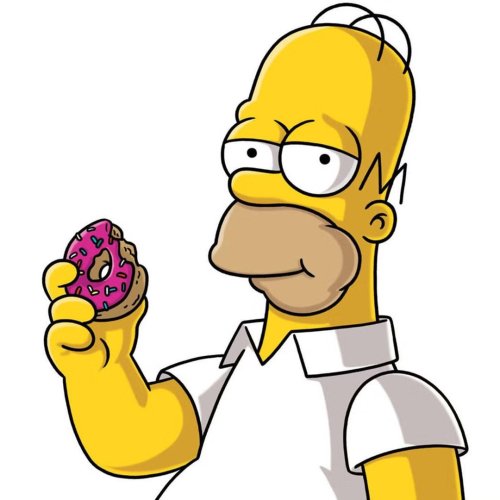
Twins Video
The void in quality in the rotation of the Minnesota Twins was obvious looking back on a miserable 2021 season. Derek Falvey, arriving from the Guardians with a sterling reputation for developing a pipeline of pitching talent, presided over a season in which everything went wrong, particularly pitching.
Most Twins fans assumed the rotation would be a priority in a truncated off-season before 2022. At the very least, the Twins would strengthen their rotation with a solid mid-rotation free-agent starter, right? Wrong. While Twins territory lamented, the organization passed on the likes of Jon Gray, Carlos Rodon, Kevin Gausman, and Robbie Ray. Instead, the Twins signed Dylan Bundy before the lockout. Since the lockout ended, they added Chris Archer as a free agent and traded for Chris Paddack.
While this iteration of the rotation is undoubtedly improved, it hardly inspires confidence. Twins fans know arms are on the way; Cole Sands, Louie Varland, Simeon Woods-Richardson, and Matt Canterino, to name a few. But why do the Twins seem so averse to committing to free-agent pitchers for any length of time? While it is likely that part of the reason is simply striking out on free agent offers, other clues lie in the development of Joe Ryan and Bailey Ober.
Derek Falvey uttered his now-famous desire to ‘build a sustainable winner’ in Minnesota upon arriving at Target Field. It’s accepted that developing a pipeline of pitching talent takes 5-6 years. The Twins' front office is now entering year six, and fans are starting to see the impact of that development. My argument is that the Twins are attempting to be loosely competitive in 2022; their real goal is a window of 2023 and beyond. We can examine the development of Ryan and Ober as a proxy for organization principles of pitcher development. Here are three common practices the Twins have leveraged to maximize Ryan and Ober that will be evident in the next wave of starting pitching talent that hits Target Field.
Maximize Velocity
Bailey Ober has a unique set of tools. He amassed a 32% K% throughout his MiLB career, an impressive number he combined with a 3.4% BB%. While Ober has had strong command since being drafted in the 12th round in 2017 (Falvey’s first draft), his fastball velocity was consistently at or below 90 mph throughout his MiLB career. When he reached the majors, Ober’s fastball velocity had increased to 92.3 mph. Ober’s height (he’s 6’9) allows him a top ten release extension in major league baseball. Put simply, Ober’s so tall he releases the ball closer to the plate than most pitchers, speeding batters up. Adding velocity, (via release extension or refining mechanics) is a skill-set the Twins have mastered and shown an ability help their pitchers translate onto the field.
Work the Fastball Up
It’s notable that five out of six members of the Twins rotation in 2022 have a track record of excellent control. In 2021 the average BB/9 across major league baseball was 3.3. Consider the Twins' internal rotation members and their numbers in 2021; Ryan 1.69, Ober 1.85. Ryan and Ober have fastball spin percentiles of 34 and 38, respectively. While it’s been well documented that Ryan has a flat fastball, his VAA (vertical attack angle) allows it to thrive and gives it a rising effect, a tendency that is maximized with fastballs up in the zone. While not all fastballs have the ability to outperform their inputs in the way Ryan’s does, the Twins have found success in going up in the zone, particularly for pitchers who don’t have elite velocity. You can see how this plays out in how Ober leverages his excellent control to locate his fastball up

The Slider Revolution
Throwing fastballs up in the strike zone is not a good plan in isolation, particularly if the pitch doesn’t benefit from the deception that Joe Ryan’s does. For Ober, this meant revamping his slider. Midway through 2021, he debuted a new slider, reworked to appear more distinct in velocity than his curveball. Ober added velocity to the pitch and more depth to the break. In the final month of Ober’s old slider, it surrendered a .294 xBA; this dropped to .270 the following month and .215 the month after that. In his first start of 2022, he threw the pitch 29%, compared to just 18% in 2021.

Joe Ryan and Bailey Ober are good pitching prospects and will likely have long, meaningful MLB careers with Minnesota. The Twins development staff has done excellent work with both, turning them into roughly 1.5 fWAR pitchers. Ultimately, they serve as placeholders at the front of the Twins' rotation. Soon they will be supplemented by Josh Winder, Louie Varland, Matt Canterino, Simeon Woods-Richardson, Cole Sands, and Jordan Balazovic. A number of the pitchers joining Ryan and Ober have the better raw velocity and stuff and, therefore, a higher ceiling as starting pitchers. It’s easy not to believe in the pitching factory Falvey has worked to develop in Minnesota. I do. It’s likely we’ll know who will lead the front of the Twins rotation by the end of 2022.
MORE FROM TWINS DAILY
— Latest Twins coverage from our writers
— Recent Twins discussion in our forums
— Follow Twins Daily via Twitter, Facebook or email
— Become a Twins Daily Caretaker






Recommended Comments
Join the conversation
You can post now and register later. If you have an account, sign in now to post with your account.
Note: Your post will require moderator approval before it will be visible.